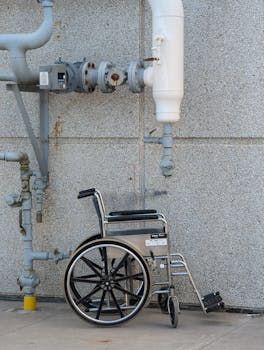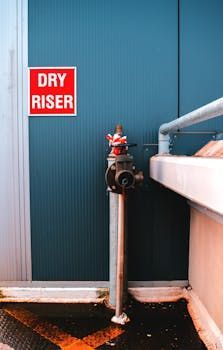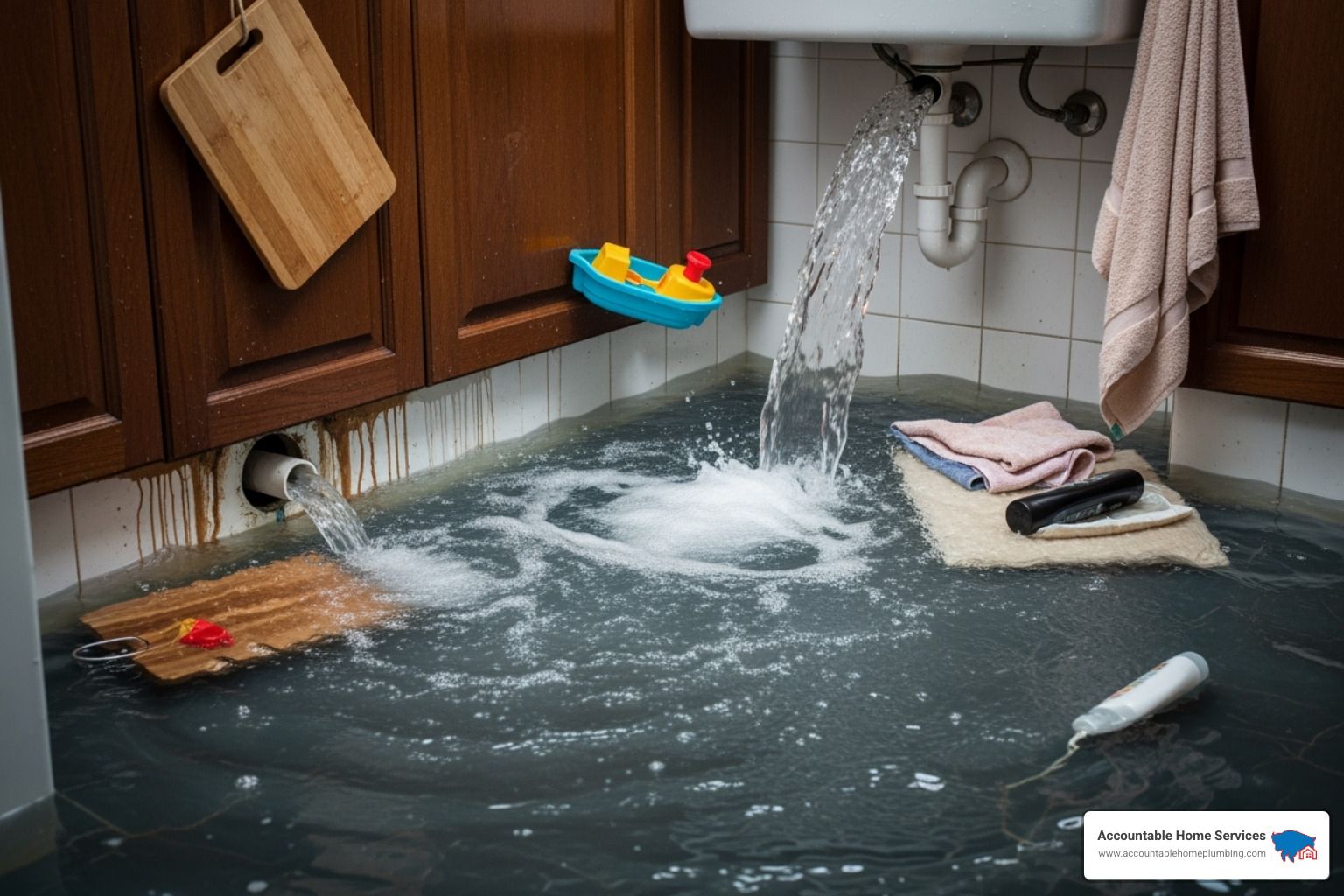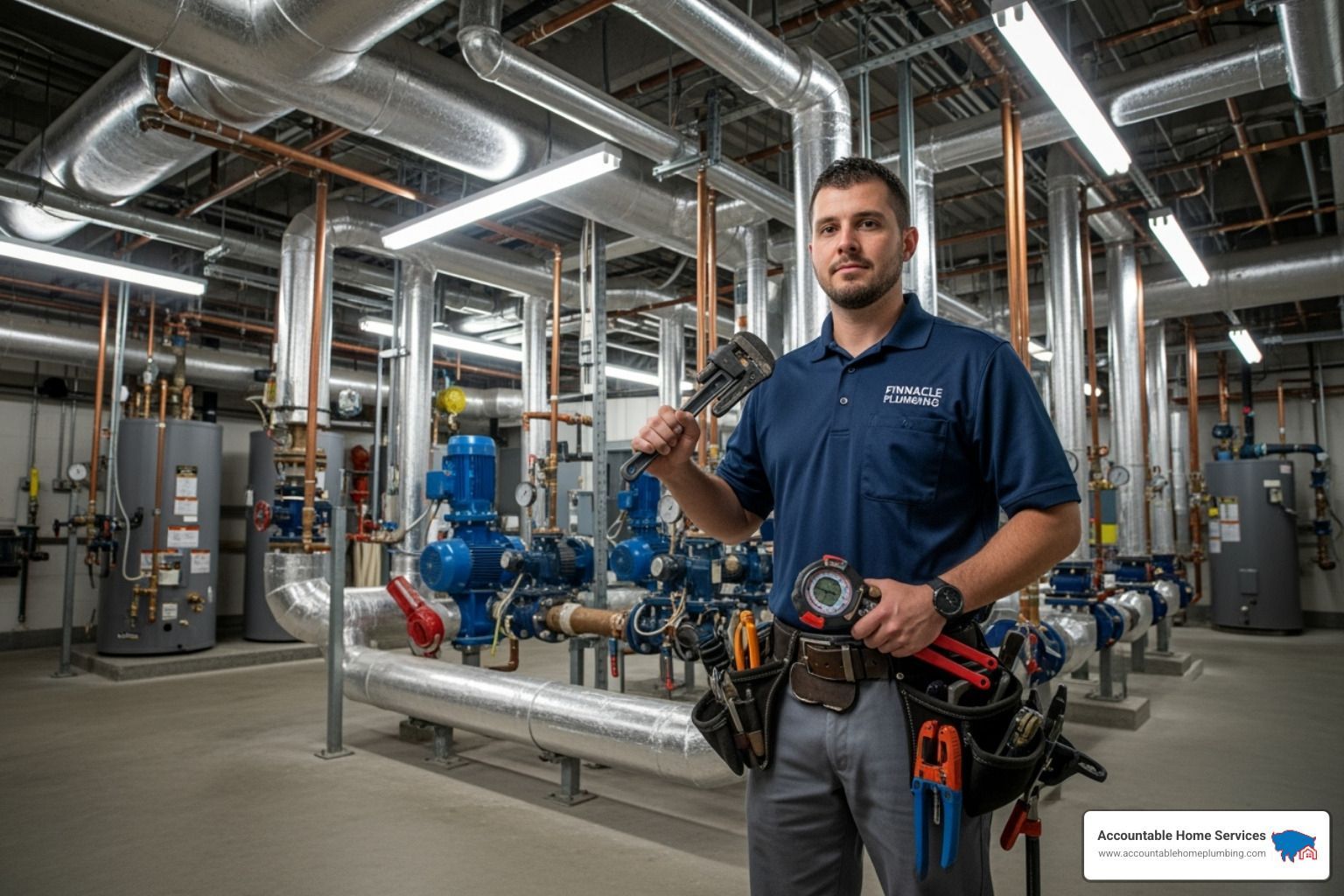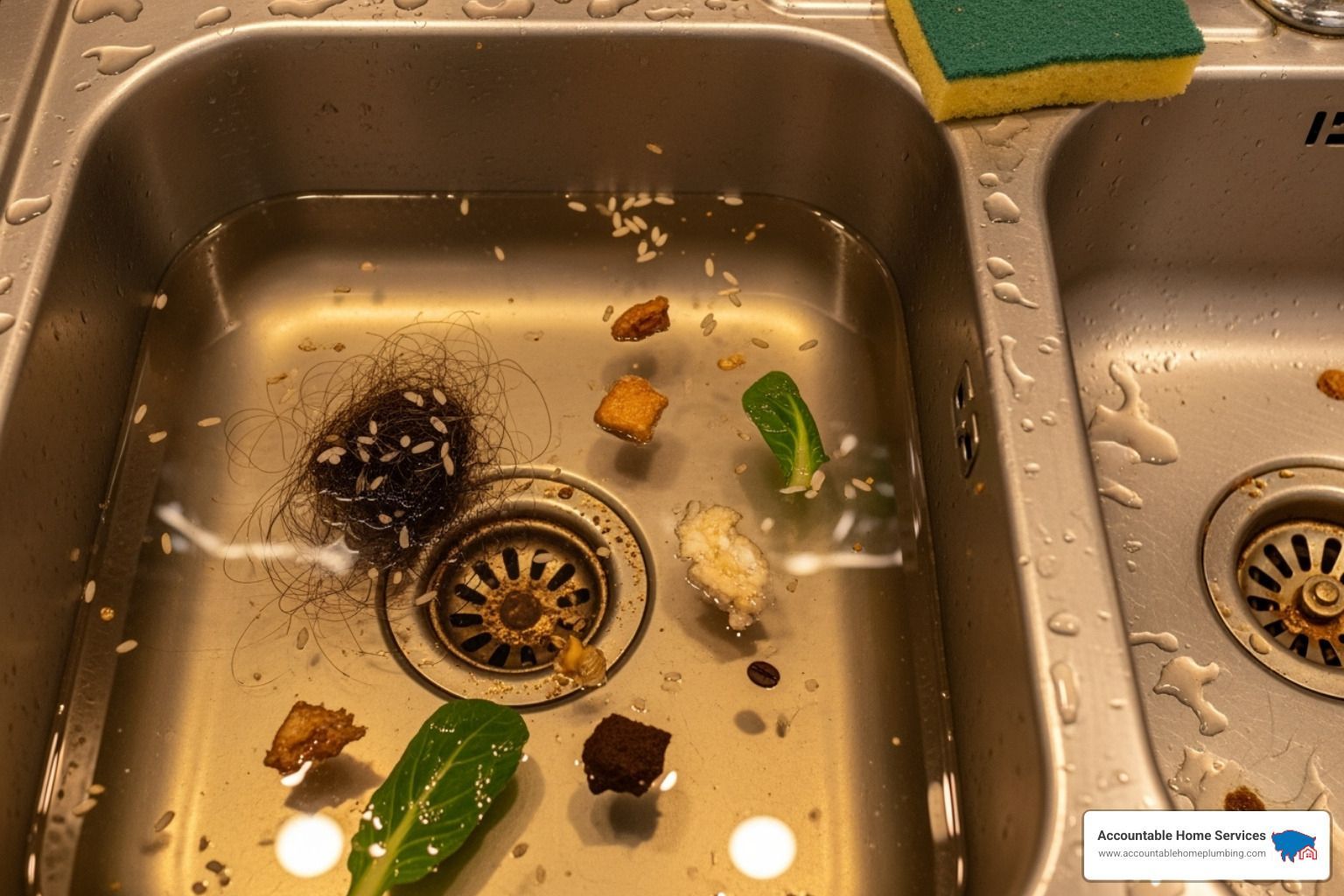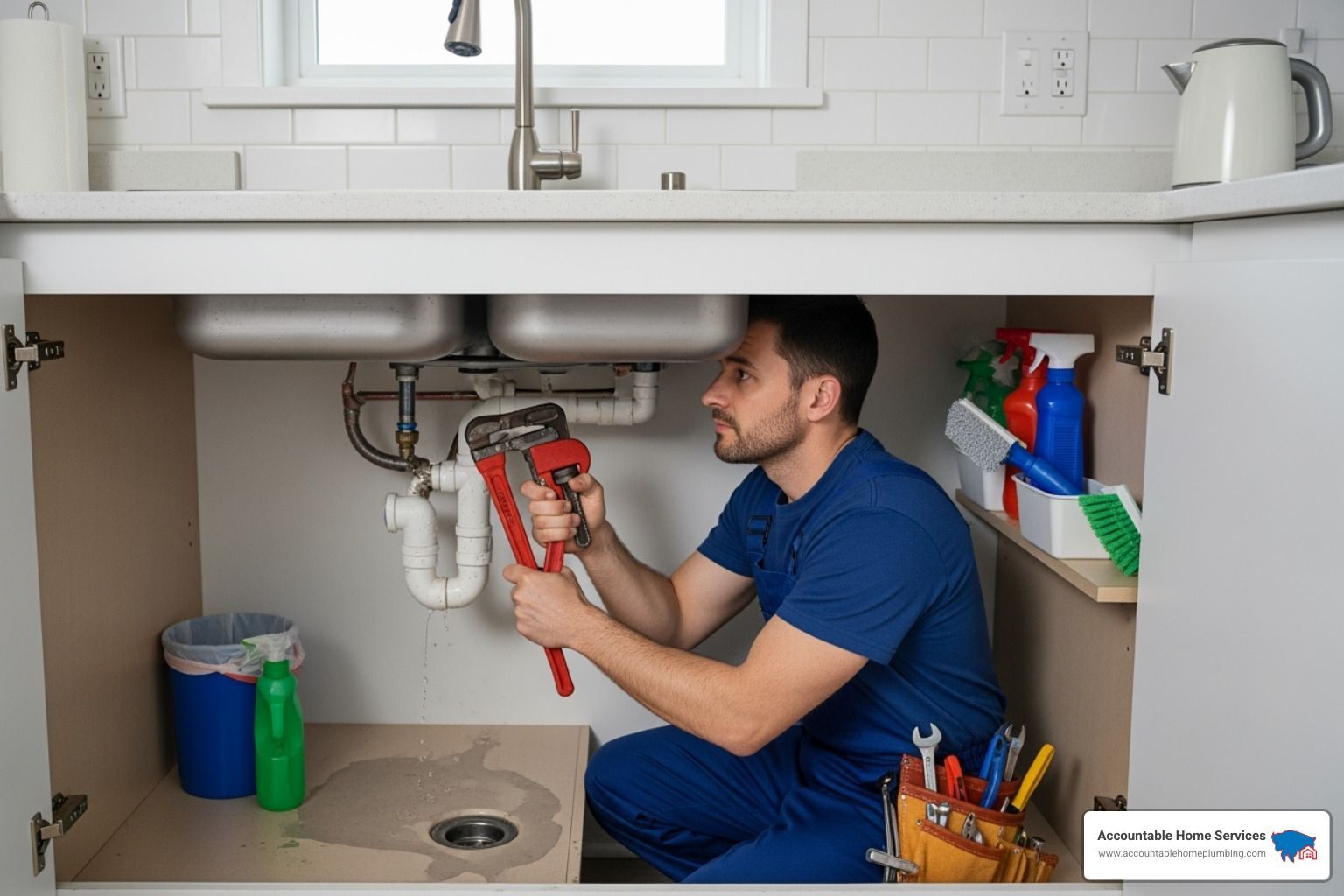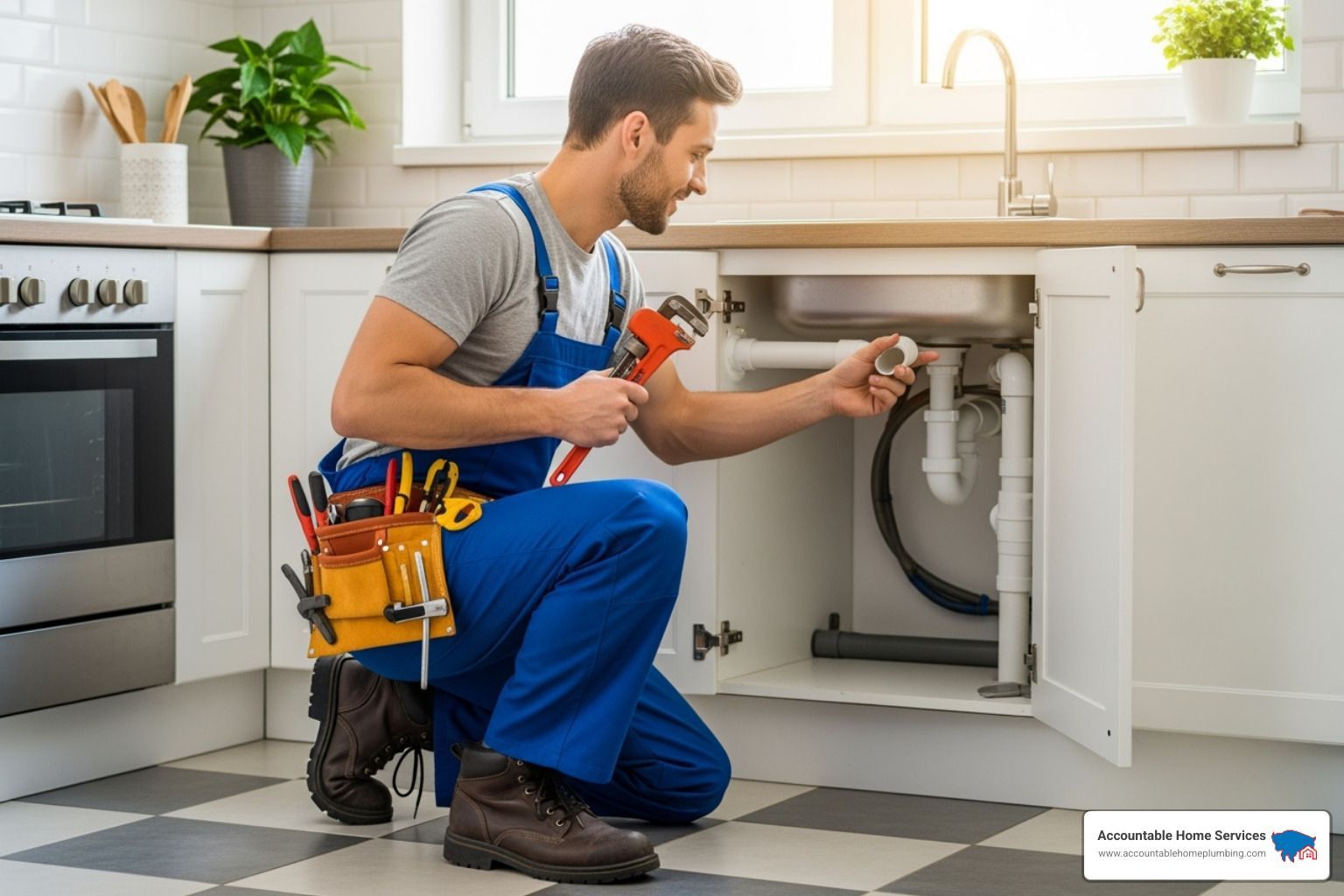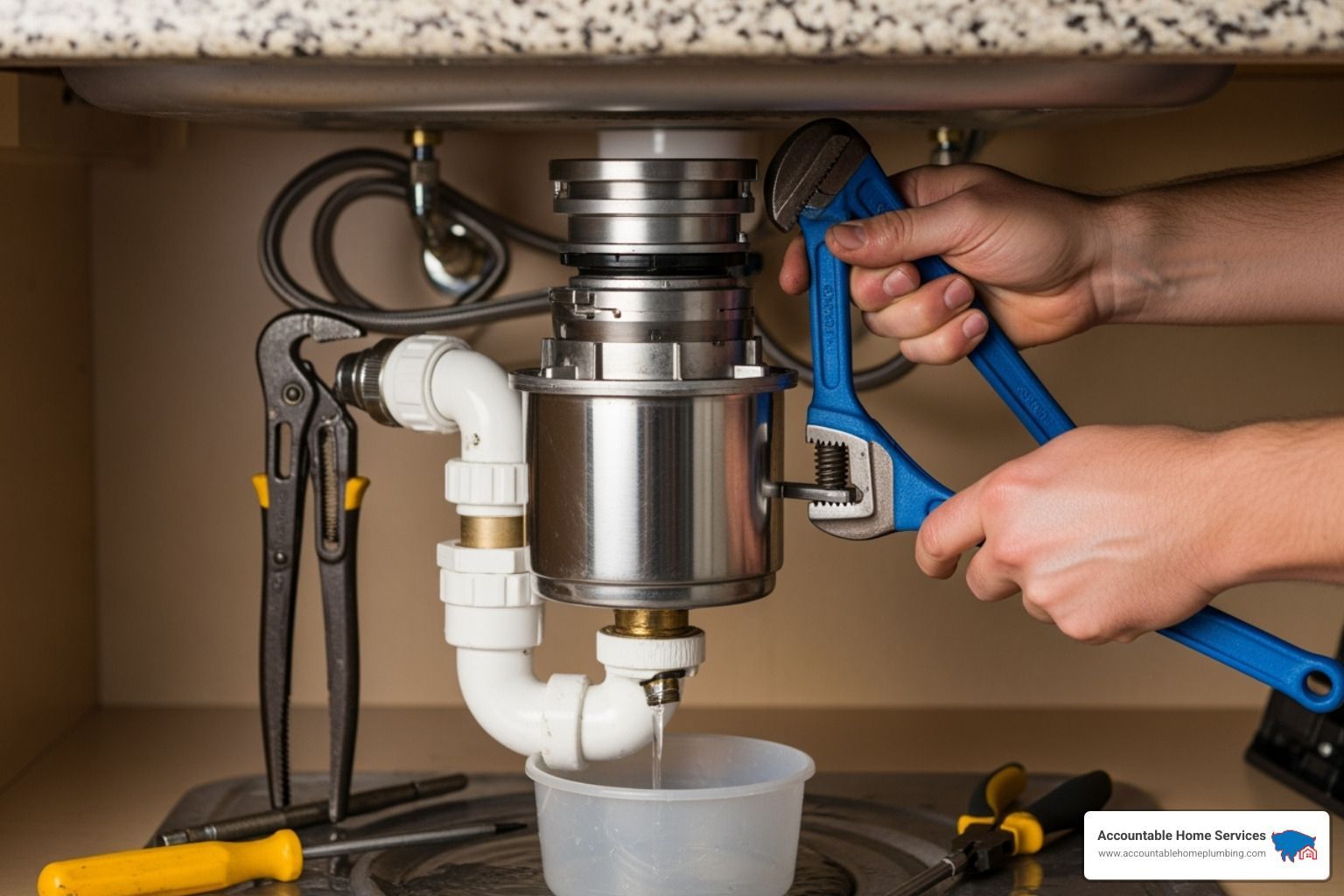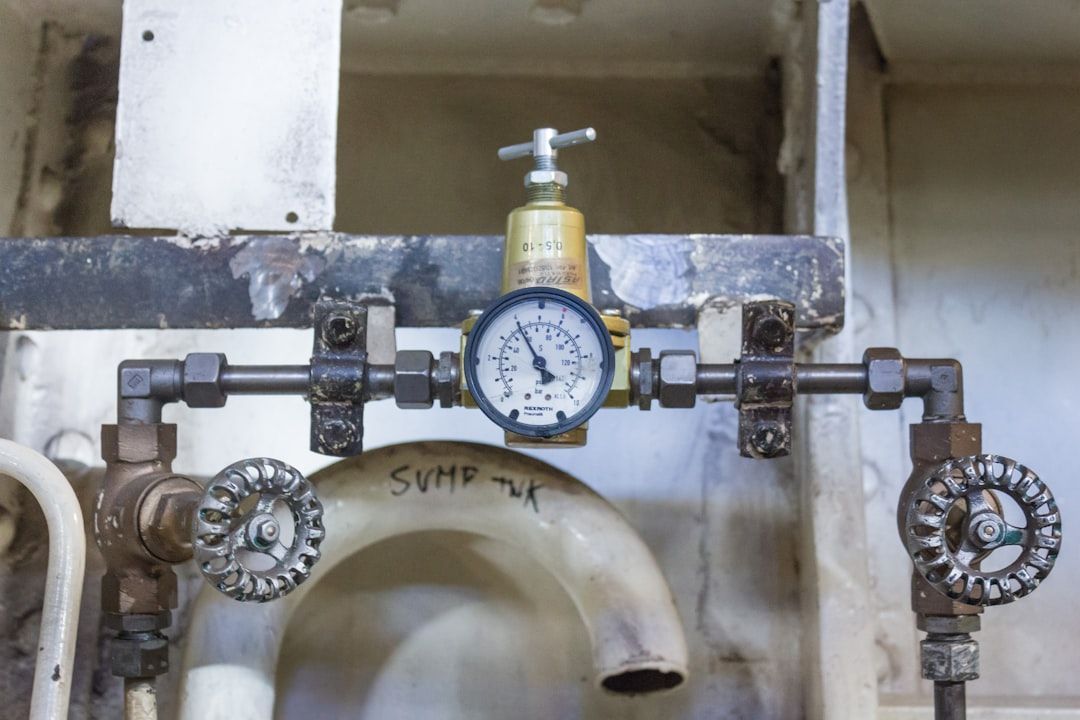Winter Pipe Protection: How to Prevent Frozen Pipes in Colorado
Colorado winters can be brutal on your home's plumbing system. When temperatures drop below freezing, water in your pipes can freeze, expand, and cause pipes to burst – leading to costly water damage and emergency repairs. As your trusted Denver area plumbing experts, Accountable Home Plumbing wants to help you protect your home before disaster strikes.
1. Understanding Why Pipes Freeze
Pipes freeze when water inside them is exposed to temperatures at or below 32°F (0°C). However, the real danger isn't just the freezing – it's what happens next. When water freezes, it expands by approximately 9%, creating tremendous pressure inside your pipes. This pressure can reach up to 2,000 pounds per square inch, which is more than enough to rupture even the strongest pipes.
In Colorado, we face unique challenges with our dramatic temperature swings. A pipe that seems fine during a mild afternoon can freeze overnight when temperatures plummet. The pipes most at risk are those in unheated areas like crawl spaces, attics, garages, and exterior walls. Understanding these vulnerable areas is your first step toward prevention.
Wind chill is another factor many homeowners overlook. Even if the actual temperature is above freezing, strong winds can accelerate heat loss from pipes, especially those on exterior walls or in poorly insulated areas. This is why Colorado's windy conditions can make pipe freezing more likely than in other cold climates.

The financial impact of frozen pipes extends far beyond the cost of replacing the damaged plumbing. Water damage from burst pipes can destroy flooring, walls, furniture, and personal belongings. Insurance claims for frozen pipe damage average $10,000 to $15,000, making prevention a smart investment.
2. Critical Prevention Steps Before Winter
Prevention starts with a thorough inspection of your plumbing system in the fall. Walk through your home and identify all water supply lines, paying special attention to those in unheated areas. Check for any existing damage, loose connections, or areas where insulation has deteriorated. Small problems now can become major disasters when temperatures drop.
Insulation is your best defense against frozen pipes. Pipe insulation sleeves, available at any hardware store, cost just a few dollars per piece but can save thousands in damage. Focus on pipes in crawl spaces, attics, and along exterior walls. For extra protection in extremely cold areas, consider using heat tape or heat cables designed specifically for pipe protection.
Don't forget about your outdoor plumbing. Disconnect all garden hoses and drain water from outdoor faucets and sprinkler systems. Install faucet covers on all outdoor spigots – these inexpensive foam covers provide crucial insulation. If you have a swimming pool or outdoor kitchen, follow manufacturer guidelines for winterization or call a professional for help.
Seal any gaps or cracks in your home's exterior where cold air might enter. Even small openings around pipes, cables, or vents can let in enough cold air to freeze nearby pipes. Use caulk or expanding foam to seal these gaps, paying special attention to areas where pipes enter your home from outside.
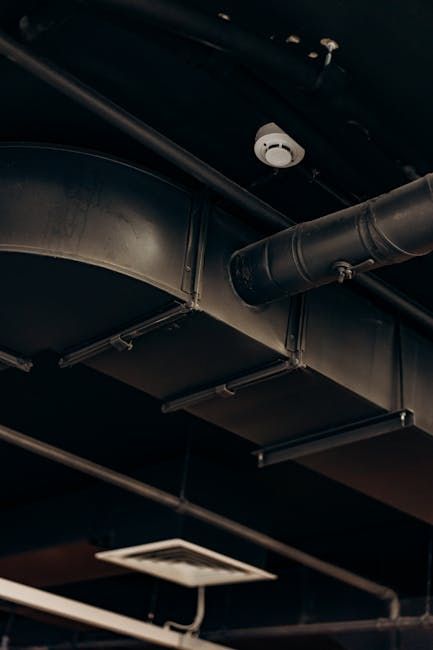
Have you considered upgrading your home's insulation? While it's a larger investment, adding insulation to your walls, attic, and crawl spaces not only protects your pipes but also reduces your heating bills and improves overall comfort.
3. During Cold Snaps: Active Protection Measures
When extreme cold is forecast, take active steps to protect your pipes. Keep your thermostat set to at least 55°F, even when you're away from home. The small increase in heating costs is nothing compared to the expense of repairing frozen pipe damage. If you're leaving for vacation, consider having someone check your home daily or installing a smart thermostat that alerts you to temperature drops.
Open cabinet doors under kitchen and bathroom sinks to allow warm air to circulate around pipes. This is especially important for sinks on exterior walls. Remove any cleaning products or chemicals that children or pets might access when cabinets are open. The extra air circulation can make the crucial difference between pipes that stay flowing and those that freeze.
Let faucets drip slightly during extremely cold weather. Moving water is much harder to freeze than standing water. A small trickle from faucets served by exposed pipes can prevent freezing. Focus on faucets farthest from where water enters your home, as these are often the first to freeze. While this uses some water, it's far less than what would be wasted from a burst pipe.
Know where your main water shut-off valve is located and ensure everyone in your household knows how to use it. In case a pipe does burst, quickly shutting off the water can minimize damage. Consider labeling the valve clearly and keeping necessary tools nearby. Practice turning it off and on to ensure it works properly and isn't stuck from lack of use.
4. What to Do If Your Pipes Freeze
If you turn on a faucet and only a trickle comes out, you likely have a frozen pipe. First, keep the faucet open – as the frozen area begins to melt, water will begin to flow and help melt more ice. Never use an open flame to thaw pipes, as this can damage the pipes and create a fire hazard.
Apply heat to the frozen section using an electric heating pad, hair dryer, or portable space heater. Start from the faucet and work toward the coldest section of pipe. Wrapping pipes with towels soaked in hot water can also help. Be patient – thawing can take time, but rushing the process can cause pipes to burst from sudden pressure changes.
If you can't locate the frozen area, if the frozen area is inaccessible, or if you can't thaw the pipe yourself, call Accountable Home Plumbing immediately at (720) 620-3272. We have the professional equipment and expertise to safely thaw your pipes and check for any damage that might not be immediately visible.
After thawing, check for leaks carefully. Even small cracks can worsen over time and cause significant damage. Run water through all faucets to ensure full flow has been restored and listen for unusual sounds that might indicate damage.
Conclusion
Protecting your pipes from freezing is an essential part of Colorado homeownership. With proper preparation and vigilance during cold weather, you can avoid the hassle and expense of frozen pipe damage. Remember, prevention is always less expensive than repair. If you need help winterizing your plumbing system or have concerns about vulnerable pipes, Accountable Home Plumbing is here to help. Our experienced technicians can inspect your system, identify potential problems, and implement solutions to keep your water flowing all winter long. Don't wait until it's too late – contact us today for a winter plumbing inspection!


